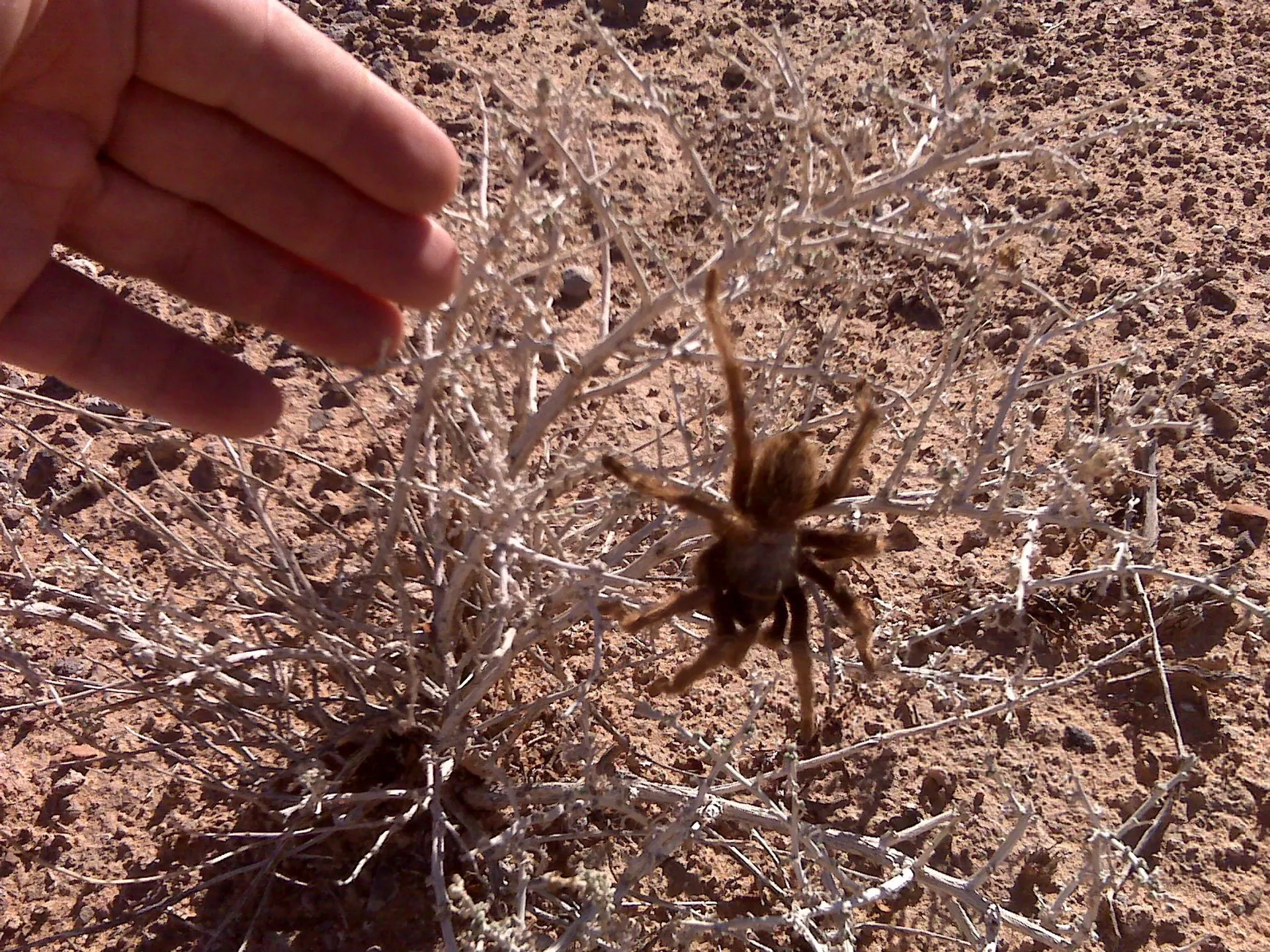Understanding Tarantula Migration
Tarantula migration is a fascinating natural phenomenon, an annual event where these typically solitary creatures undertake journeys, often en masse, to find mates. This spectacular display of nature is a sight to behold for anyone interested in wildlife. The migration of tarantulas is not random; it’s a carefully orchestrated movement driven by biological imperatives. These large, hairy spiders, known for their imposing size and sometimes intimidating appearance, become surprisingly vulnerable during this period. They leave their burrows or established territories and embark on a quest that can span several miles. Understanding this behavior is essential for anyone hoping to spot these creatures during their migration.
What Triggers Tarantula Migration
Several factors converge to initiate the tarantula migration. The primary trigger is the mating season, which typically occurs during the late summer or early fall. As the days get shorter and the temperatures begin to drop, the mature males, in particular, become restless, driven by an irresistible urge to reproduce. This internal biological clock is often finely tuned with environmental cues, such as humidity levels and changes in barometric pressure. For females, the process is a little different. They typically wait within their burrows, emitting pheromones to attract the males. However, their behavior may also be influenced by the same environmental conditions that affect the males.
Environmental Factors
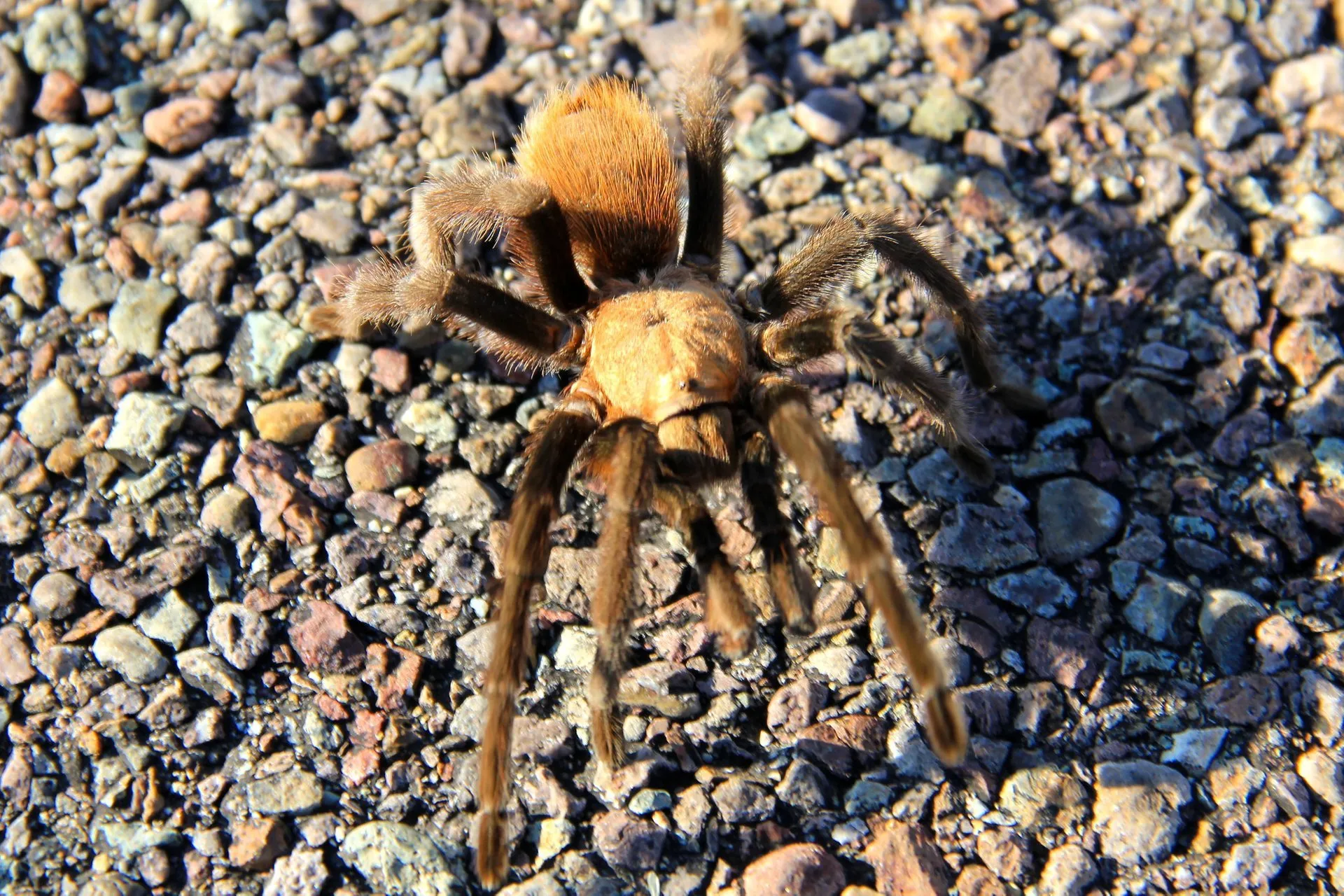
Environmental factors play a critical role in the timing and intensity of tarantula migration. Rainfall, for example, can encourage tarantulas to emerge from their burrows. The moisture softens the soil, making it easier for them to move, and the increased humidity can improve their chances of survival outside of their usual habitats. Temperature also influences the migration. Ideal temperatures allow tarantulas to be more active and mobile. Extreme heat can be detrimental, leading to dehydration, while very cold temperatures can slow them down. The specific environmental conditions that trigger migration can vary depending on the species and the geographic location.
Seasonal Changes
Seasonal changes are the most significant environmental cue for tarantula migration. The transition from summer to autumn is crucial, as it signifies the approach of the mating season. The decrease in daylight hours and the corresponding drop in temperatures tell the tarantulas that it is time to begin their journey. These changes also affect the availability of food and the overall suitability of the environment, further driving the spiders to seek out mates and suitable breeding grounds. Monitoring seasonal changes in your area is a good way to predict the start of the tarantula migration.
Identifying Tarantula Migration Routes
Identifying the routes tarantulas take during their migration can significantly increase your chances of observing this spectacle. These routes are often influenced by the habitat and the surrounding terrain. Understanding these factors can help you predict where and when the tarantulas will be moving. Keep in mind that tarantula migration routes can vary from species to species and may even change from year to year depending on the environmental conditions.
Optimal Habitats
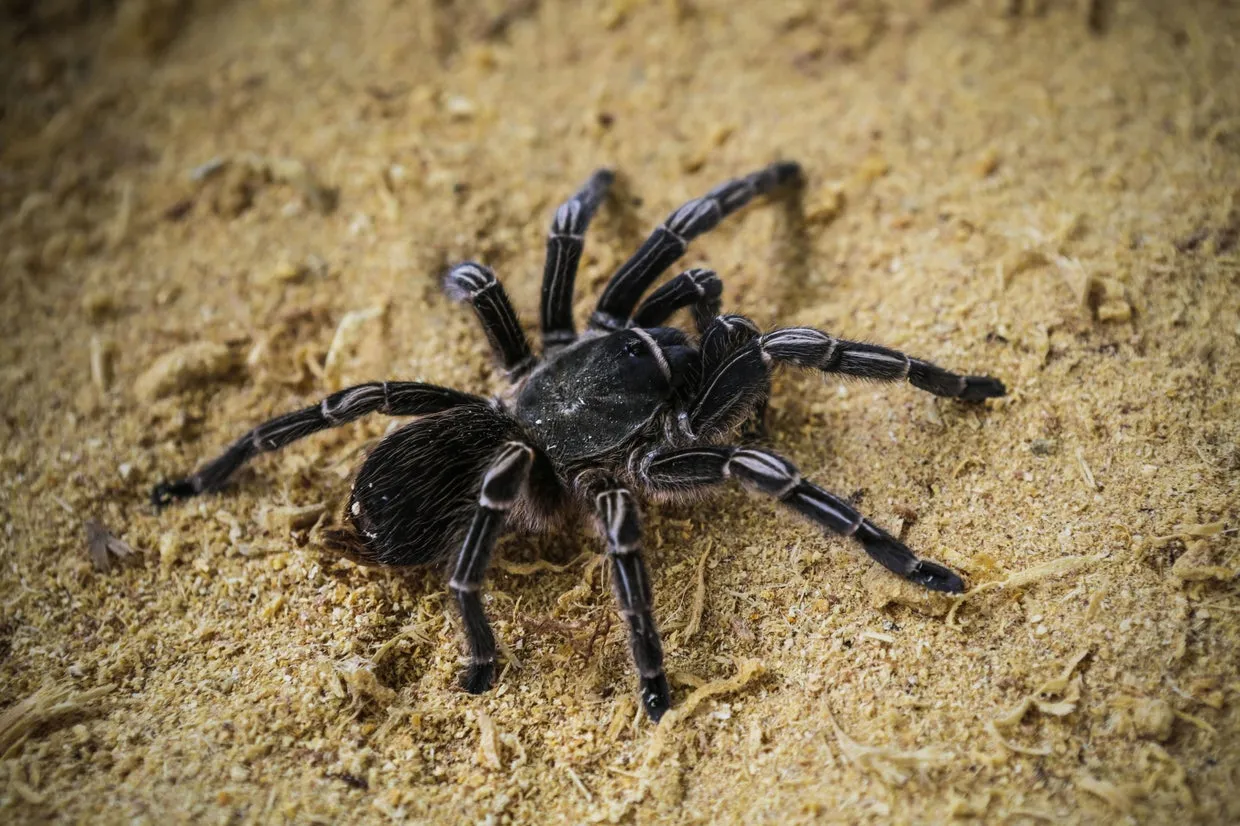
Tarantulas prefer specific habitats, and their migration routes are often centered around these preferred environments. They are typically found in areas with suitable burrows or hiding spots, such as grasslands, deserts, and woodlands. These habitats provide shelter from predators and harsh weather conditions. The presence of these ideal locations determines not only the starting points but also the destinations of their journeys. When planning your observation, focus on areas that offer these conditions, looking for burrows, rocks, and other features that might provide shelter.
Terrain and Geography
The terrain and geography of an area greatly influence the migration routes. Tarantulas tend to avoid difficult terrains, such as dense forests or rocky areas, in favor of more accessible paths. Slopes, valleys, and open spaces often serve as corridors for their movements. Knowing the local geography can help you anticipate their paths. In areas with prominent geological features, the spiders may follow the contours of the land. For example, tarantulas might follow the edges of canyons or the banks of dry riverbeds.
Best Times for Observation
Knowing when to look for tarantulas is essential. The timing of their migration is closely tied to seasonal and environmental conditions. Observation times are also related to the tarantula’s activity patterns. Knowing these factors will improve your chances of witnessing this amazing natural event. Plan your observation accordingly to maximize your chance of a sighting.
Daytime vs Nighttime
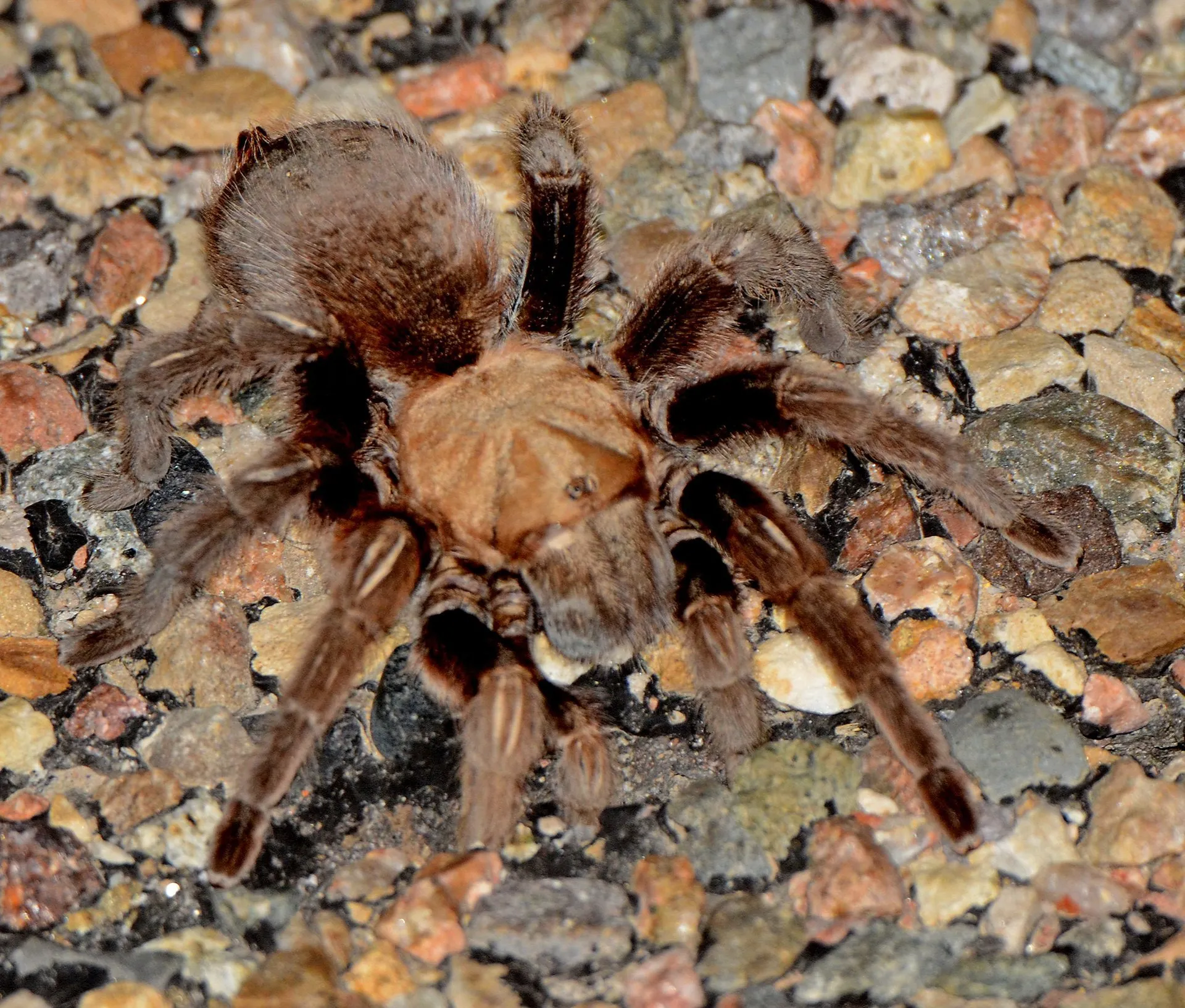
Tarantulas are primarily nocturnal creatures, and their migration is often most active at night. However, you may also spot them during the day, particularly during the early morning or late afternoon. The specific activity times can vary based on the species and the environmental conditions. If the weather is cooler, they may migrate during the day to avoid the high heat. During the daytime, tarantulas might be less active, hiding under rocks or vegetation to stay out of the sun. Nighttime is the most common time to observe them in motion.
What to Look For During Migration
When you’re out in the field, spotting the tarantulas requires more than just luck. The spiders will show visual and behavioral signs. Knowing what to look for will greatly improve your chances of success. Be patient, keep a close eye on the ground, and be prepared to spend some time observing. The more you know about the appearance and behavior of tarantulas, the better equipped you’ll be.
Visual Clues
Visual clues are the most obvious indicators of tarantula migration. Keep an eye out for the spiders themselves. During migration, they will be actively moving across the ground, often in search of mates. They will have their bodies high off the ground and will be in a more active pose. Look for large, hairy spiders, often with distinct markings. Also, be aware of other visual clues, like the presence of burrows or tunnels. These are the homes the tarantulas leave, and noticing these spots can suggest migration patterns.
Behavioral Indicators
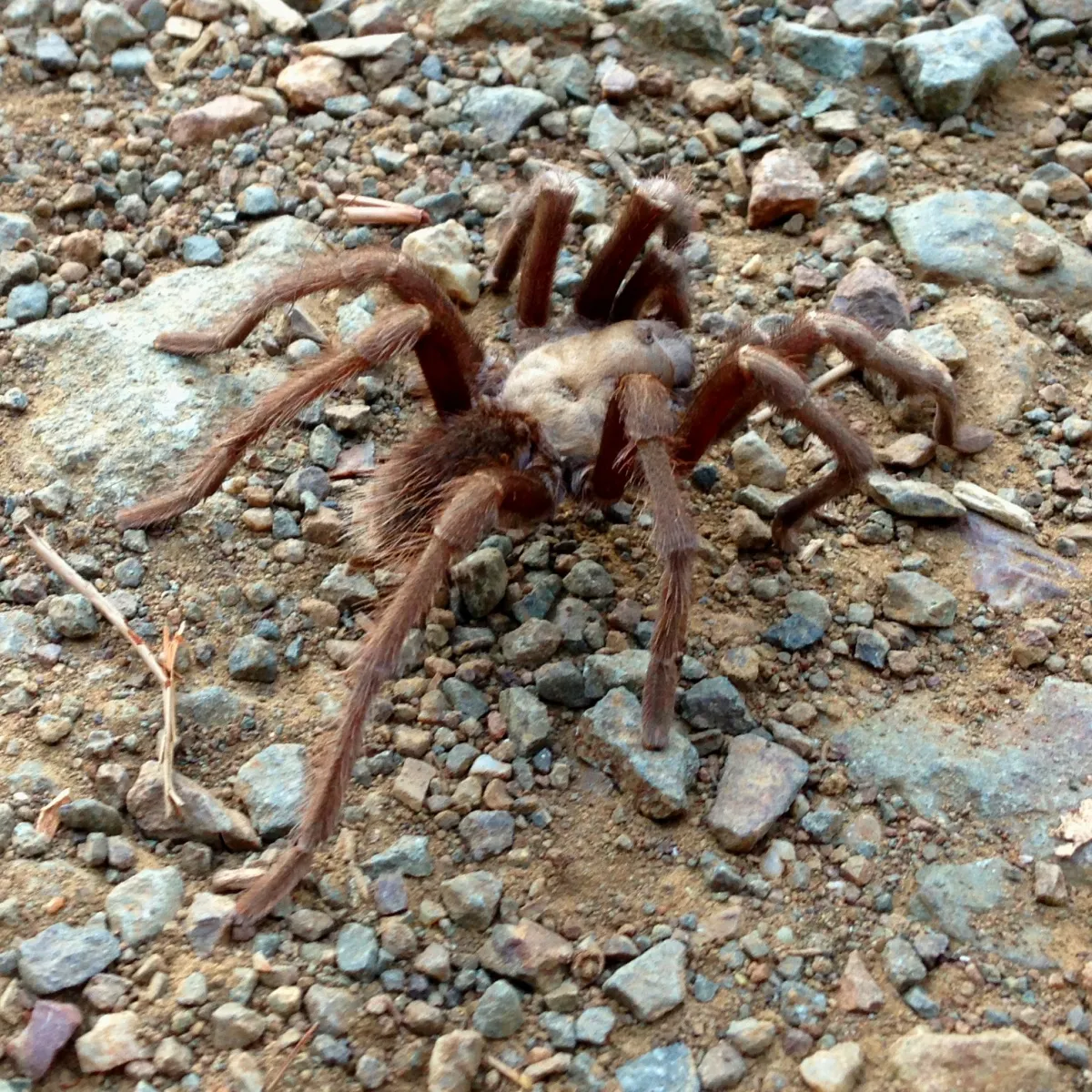
Pay close attention to the behavior of the spiders. During migration, tarantulas are focused on finding a mate, so their behavior changes. Male tarantulas will be more active and will often be seen wandering across open spaces, rather than remaining hidden. You may notice them displaying courtship rituals, such as drumming their legs. They may also be seen fighting with other males. Being able to recognize these behaviors can help you identify the presence of a tarantula migration.
Safety Precautions for Observers
Observing tarantulas requires safety precautions, as these creatures can be dangerous. While tarantula bites are not typically life-threatening, they can be painful, and their bites can cause allergic reactions. Always be cautious and respectful of these animals. Proper safety measures ensure an enjoyable and safe viewing experience.
Respecting the Tarantulas
Respecting tarantulas and their environment is essential. Avoid disturbing the spiders or their habitats. Do not attempt to handle or touch them, as this can provoke a defensive reaction. Observe them from a distance, and avoid making sudden movements. Never try to capture, relocate, or harass them, as this can be harmful to them and disrupt their natural behavior. Remember, you are a guest in their environment. By respecting these creatures and their habitats, you can contribute to their well-being and ensure the continued enjoyment of the tarantula migration.
